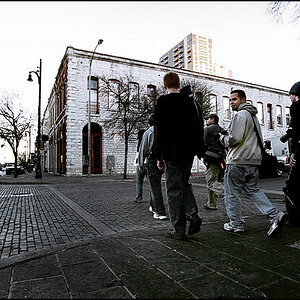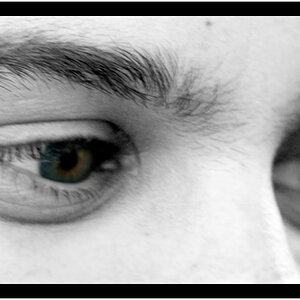Markie Madden
TPF Noob!
- Joined
- Aug 9, 2015
- Messages
- 27
- Reaction score
- 0
- Location
- Missouri
- Website
- metamorphpublishing.com
- Can others edit my Photos
- Photos OK to edit
I saw this in several different places, one being a tutorial done by users of my photo software, called Paint.net. It rang a vague bell from what I learned in high school. Fortunately it was a decent tutorial complete with screen shots. So here's my first attempt at a crop using the rule of thirds. This is the original.






![[No title]](/data/xfmg/thumbnail/32/32178-010a47bfeb945bdafb02b0ee4888290c.jpg?1619735235)




![[No title]](/data/xfmg/thumbnail/41/41906-b9041eb5a3fa48eb5d5084ac2198a75c.jpg?1619739940)


